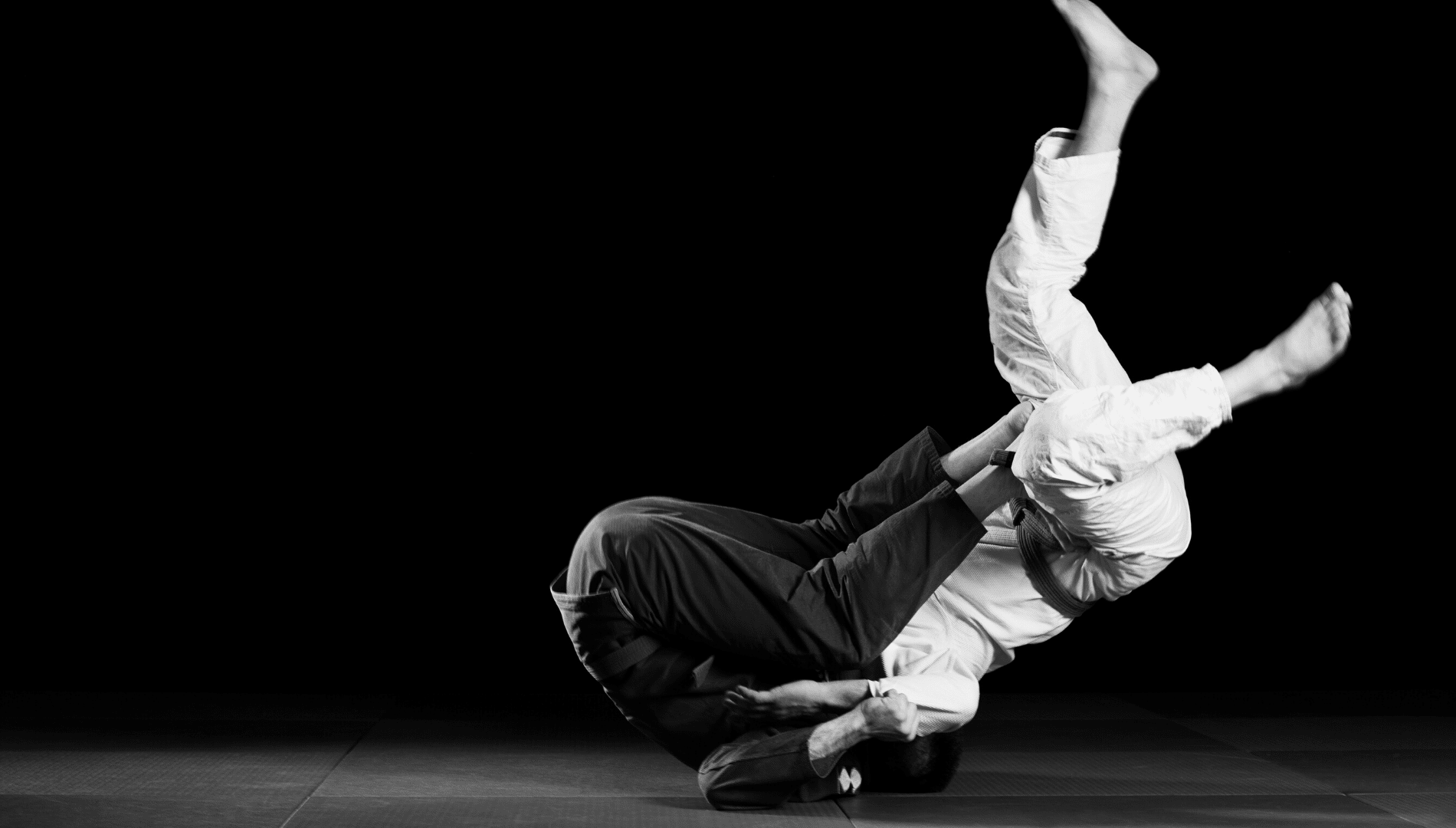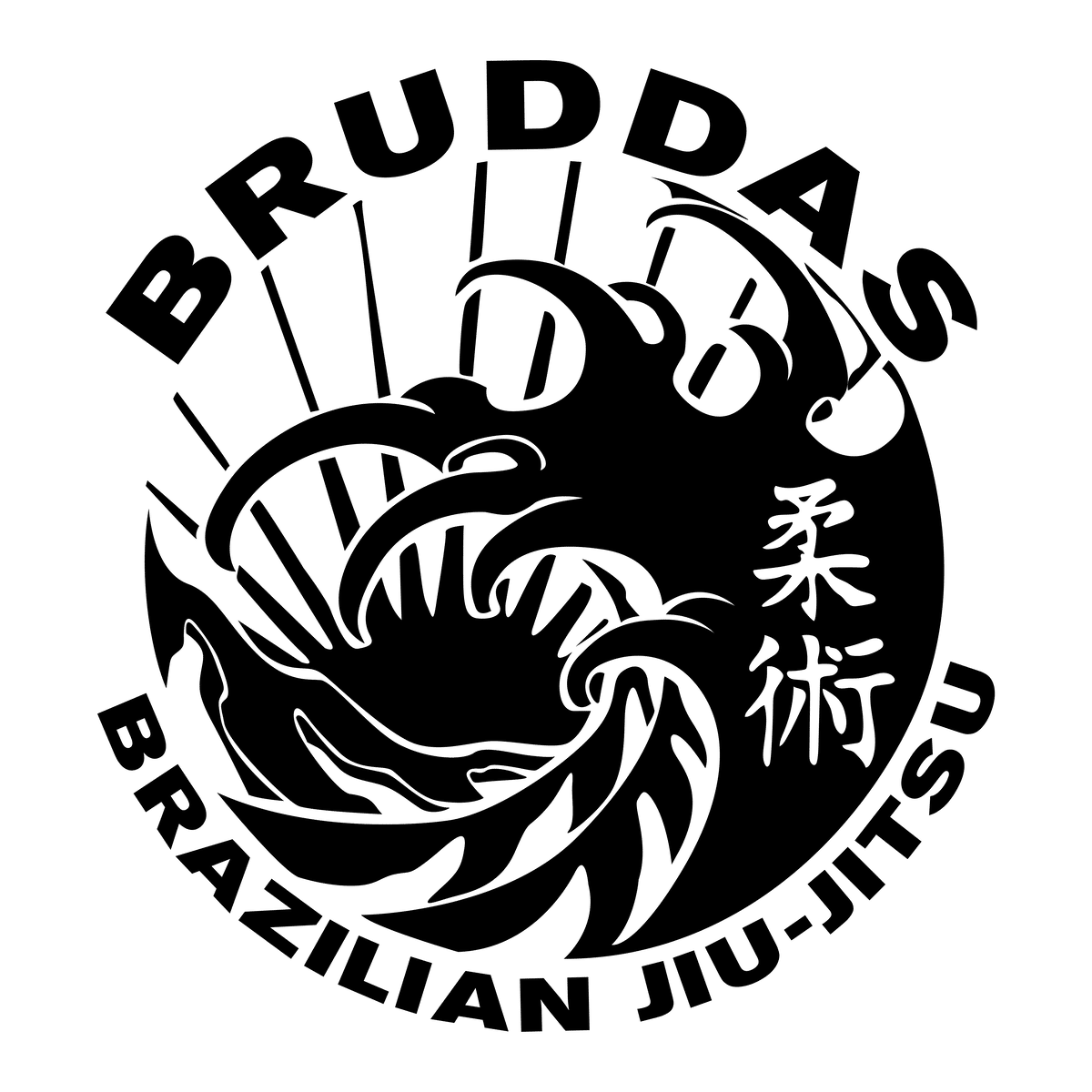

What Is Combat Jiu Jitsu?
Since the inception of jiu-jitsu, it has experienced several modifications and birthed new versions. In recent times, a hybrid version of Brazilian Jiu-Jitsu has been gaining popularity. This version, called Combat Jiu Jitsu (CJJ), uses mixed rules from jiu-jitsu and mixed martial arts (MMA). CCJ has all it takes to take the world of combat sports by storm.
CCJ is gaining popularity but some people still wonder what it’s all about. In this post, we’ll give you an overview of Combat Jiu-Jitsu, including its history, rules, and everything you need to know. Read on to learn more about this innovative Jiu-Jitsu competition style and why it is making waves.
The Basics of Combat Jiu Jitsu
Combat Jiu-Jitsu is a modification of Brazilian Jiu-Jitsu (BJJ) that allows open palm strikes in its rules. CJJ still uses core jiu-jitsu techniques but the inclusion of palm strikes makes it more realistic. The hybrid of mixed martial arts with jiu-jitsu to form CJJ is the brainwork of Eddie Bravo.
As you may well know, core BJJ techniques involve ground fighting until one fighter gains dominance over the other. It is a combat sport and martial art that uses submission holds, such as chokeholds and joint locks to force the opponent into submission. All of these techniques are still present in CJJ.
A Brief History of Combat Jiu Jitsu
Combat Jiu-Jitsu is the brainchild of Eddie Bravo, who also founded the 10th Planet Jiu-Jitsu. Eddie Bravo developed CJJ because he felt BJJ had too many unrealistic moves and stall tactics. In his opinion, BJJ was no longer a true martial art that promoted self-defense. As such, he developed CJJ as a more applicable and realistic version of jiu-jitsu for self-defense.
Eddie Bravo retained ground fighting in CJJ but he introduced open palm strikes. He believes that open palm strikes are part of real-life combat. Hence, introducing them to Jiu-Jitsu will make it more authentic.
Eddie did a test run of his new version at a jiu-jitsu competition in 2017. There were four competitors in the tournament which took place at Eddie Bravo Invitational (EBI) 11. The competitors were Nick Honstein, Sheridan Moran, JM Holland, and Chad George.
The matches were very exciting, with both the competitors and the audience having a great time. Competitors exchanged strikes and made submission attempts as the crowd cheered them on.
What Are Combat Jiu Jitsu Rules?
The rules guiding CJJ competitions are not as complex as those of regular BJJ. For starters, CJJ does not use the point system. The only way to win a CJJ match is by submission or technical knockouts from an open-hand strike. EBI overtime rules can also be used as a winning method.
CJJ rules allow all sub moves but the matches are single rounds that last only ten minutes. If the round ends without any submissions or technical knockouts (TKOs), the match will continue into an overtime round.
Participants are allowed to do stand-up grappling for just one minute. After one minute, the referee will ask them to get down and flip the coin. The winner of the coin flip will then choose whether they will start with a butterfly guard on top or the bottom with double under hooks.
Palm slaps and strikes are only allowed if the opponent is on the floor. Competitors cannot exchange strikes or slaps while standing. What’s more, you cannot give fist punches in a CJJ competition whether your opponent is on the floor or standing.
Purgatory Position in CJJ Rules
The purgatory position in CJJ is when your opponent is already on the floor while you’re standing but you’re not engaging. You cannot remain in this position for more than 30 seconds in the entire match. Any extra time in the purgatory position beyond that will add to the overtime round.
This rule on purgatory position encourages participants to be active throughout the game rather than stall. The timer for the purgatory rule stops as soon as the competitor above touches the ground with their knee in an attempt to engage. Purgatory time does not count if the standing opponent is entangled with the one on the floor. But, if they completely disengage and stall for more than ten seconds, the referee will start the purgatory position timer.
Overtime Rules for Combat Jiu Jitsu
If there is no winner after the 10-minute round of the CJJ match, overtime rules will apply, beginning with a coin flip. Whoever wins the flip will choose whether to attack from the back from the amber or spiderweb position. The opponents will alternate turns to start in their chosen position.
If one fighter submits while his opponent escapes, the opponent wins the match. But, if both fighters escape, another overtime round will start. There can, however, be only three overtime rounds. After three overtime rounds without a submission, whoever has the fastest cumulative escape time becomes the winner.
Rules for Striking in Combat Jiu Jitsu
You cannot give standing strikes, slaps, or kicks in CJJ. Otherwise, the sport will become too much like MMA. The rules of CJJ only permit open hand slaps or strikes when one or both competitors are on the floor. The fighter on the ground does not commit a foul if they swing strikes or up kicks on their opponent. However, punches, elbows, and knees are fouls in the game. What’s more, the rules emphasize using slaps to open up guards and prevent stalling.
Overall, the rulesets of CJJ are quite exciting. They discourage stalling strategies and help to drive action. That was exactly what Eddie Bravo hoped to achieve with his modifications.
Key Differences Between Traditional BJJ and Combat JJ
The main difference between BJJ and CJJ is the inclusion of on-ground up kicks and open palm strikes in CJJ. The submission rules in CJJ are also quite similar to those of no-gi competitions. Moreover, you can win in traditional BJJ by either submission or scoring points. CJJ, on the other hand, does not use the point system. BJJ is now more of a slow-paced sports-like fight while CJJ is action-oriented and simulates real fight scenarios.
BJJ is better for practical skills, while CJJ is better for defense skills. CJJ is closer to street fights because it allows slaps and up-kicks. Traditionally, people see BJJ as a gentle art. Practitioners may get injured during the game, just like all contact sports, but the injuries are often not so serious. CJJ, on the other hand, can put practitioners at risk of facial bruising, perforated eardrums, and other serious injuries.
CJJ is growing in popularity by the day but it is still not as popular as BJJ. As such, you may have difficulty finding CJJ training classes near you. As of now, most CJJ training classes are operated by traditional BJJ gyms that also offer gi and no-gi training. CJJ classes in such places may only be open to trusted gym members.
Many instructors feel that newbies should first focus on the basics of jiu-jitsu through gi and no-gi BJJ before mixing those skills with up-kicks and jarring slaps. These instructors understand that BJJ helps people perfect the basic Jiu-Jitsu techniques, while combat Jiu-Jitsu prepares you for real combat scenarios. CJJ is more useful for street or bar fights than BJJ. But then, BJJ is more fun, relaxing, and therapeutic. Both techniques, however, teach valuable fighting skills and offer great learning experiences.
Advertisements
gbjj
RELATED POSTS










